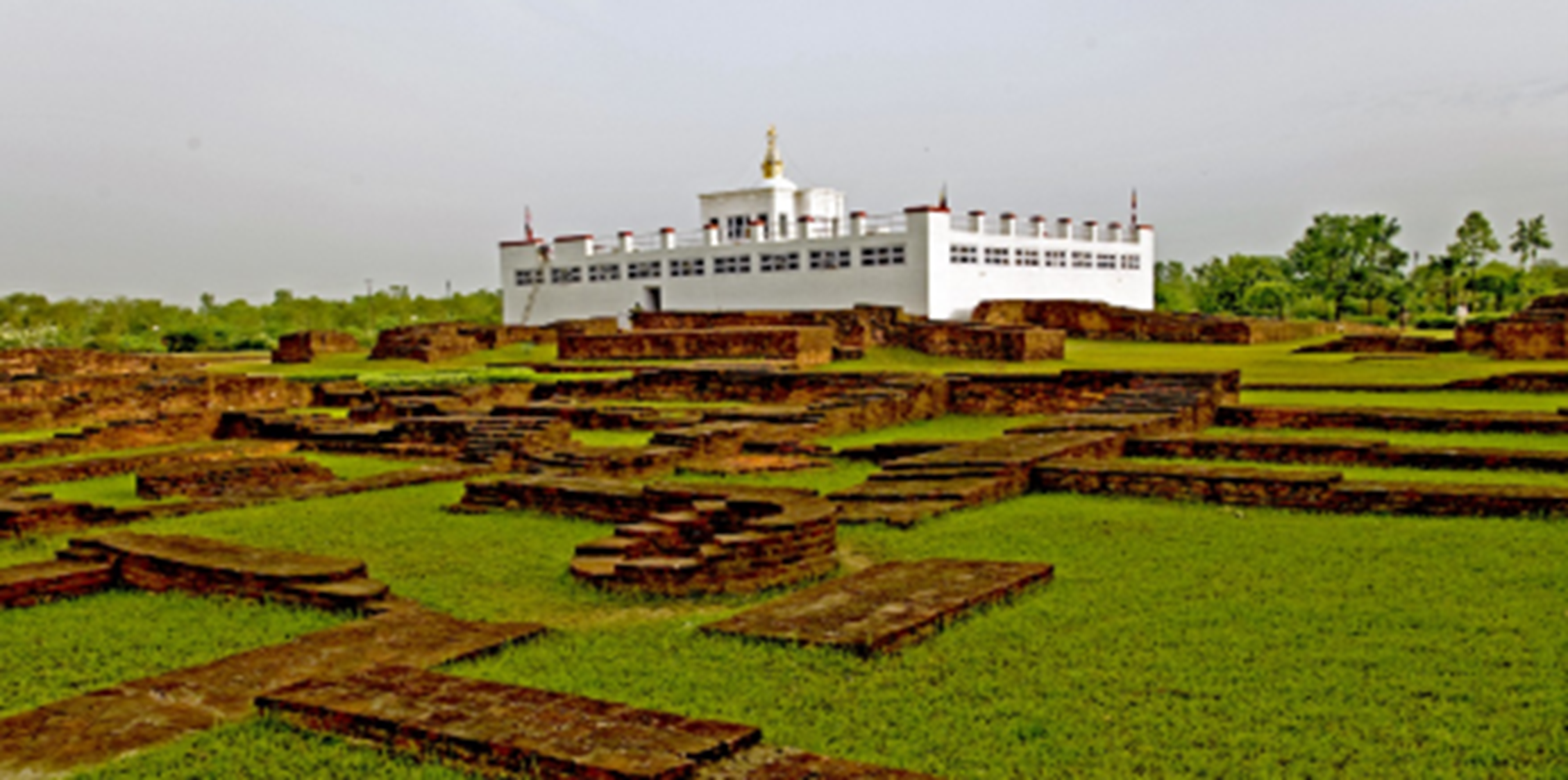
Protection of Historical Holiness of Lumbini Mayadevi Temple-Decided Case
Writ Number 2779
Petitioner and Respondent : Kashi Dahal Vs. His Majesty’s Government, Secretariat of Council of Ministers
According to the reconstruction plan of the Maya Devi Temple, it appears that through the excavation and exploration original structure of Maya Devi shall be identified and then reconstructed accordingly. However, the petitioner has not been able to provide evidence that the Peepal tree at the Maya Devi Temple is an ancient monument. Similarly, no evidence has
been presented to confirm that the birth of Lord Gautama Buddha occurred under this Peepal tree. The written response rejects the petitioner's claims and states that historical facts indicate the Ashoka and Palasa trees, rather than the Peepal tree, are associated with the year of Buddha's birth. The court's extraordinary jurisdiction could not be exercised to resolve this dispute over historical facts based on the presented evidence. (Para. 17)
Regarding the Ancient Monuments Preservation Act, 1956, the matter falls within the provisions of that Act. The preservation of archaeological and historical objects is not allowed to be destroyed, nor has there been any trading of trees. The respondents have stated that they have preserved archaeological objects. There is no evidence suggesting that the statues of the Maya Devi Temple were moved to another location with malicious intent; rather, they were temporarily relocated during exploration and construction activities according to the plan. The petitioner has not been able to provide concrete evidence of the destruction of such archaeological and historical objects. Without making any effort to verify the facts and reality beyond what was reported in the media, the petitioner has requested this court's extraordinary jurisdiction to investigate and take necessary action for the alleged illegal cutting and trading of the tree, claimed to be an ancient monument, and to issue orders for the protection and development of archaeological and historical objects. The court finds the petitioner's request for such orders to be unacceptable. (Para.17)
Article 16 of the Constitution of Kingdom of Nepal, 1990 guarantees every citizen the fundamental right to request and receive information on matters of public importance. The excavation and exploration undertaken during the reconstruction of the Maya Devi Temple at Lumbini, the birthplace of the great sage Gautama Buddha, have been matters of public importance and concern. Lumbini, as the birthplace of Gautama Buddha, holds historical, cultural, and archaeological significance, and is deeply associated with religious and emotional sentiments. It is believed that the Peepal tree located at the Maya Devi Temple in Lumbini has been recognized as part of the physical site of the temple and the birthplace of Gautama Buddha. Given this perspective and the deep emotional connection that has developed with the tree over time, it is natural to expect concern regarding its removal. There is no dispute that the Peepal tree has been cut down and removed. The removal of such a tree and the relocation of the statues from the Maya Devi Temple are sensitive issues, and it is not unusual for there to be concern about these actions. In such a situation, where the reconstruction of the Maya Devi Temple, which holds public importance, involves the removal of historical and archaeological objects from the temple and the cutting down of the Peepal tree, it is a matter of public interest to understand the reasons and circumstances behind these actions. Therefore, it is not reasonable to deny Nepalese citizens, including the petitioner, their right to request and receive information regarding these matters. (Para.18)


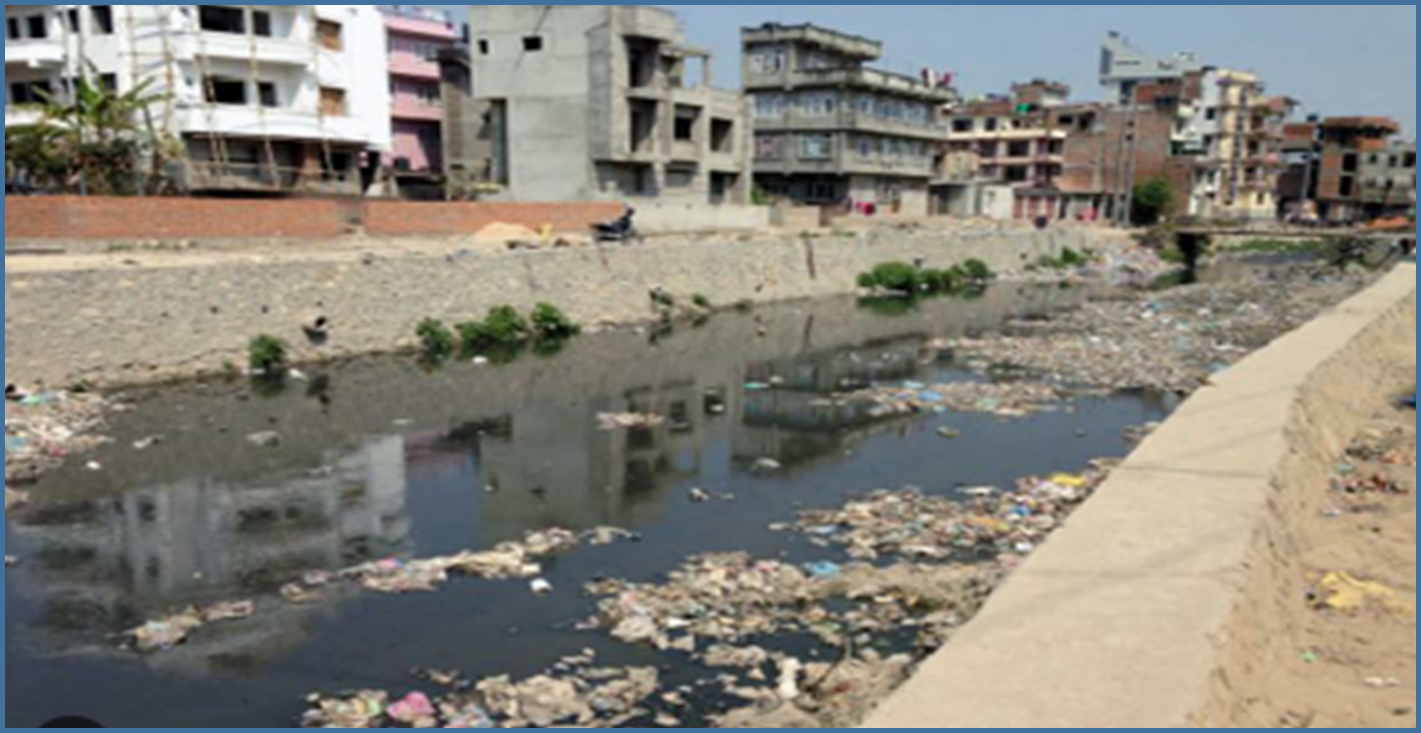
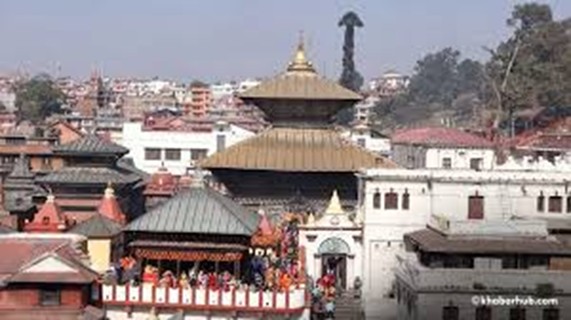
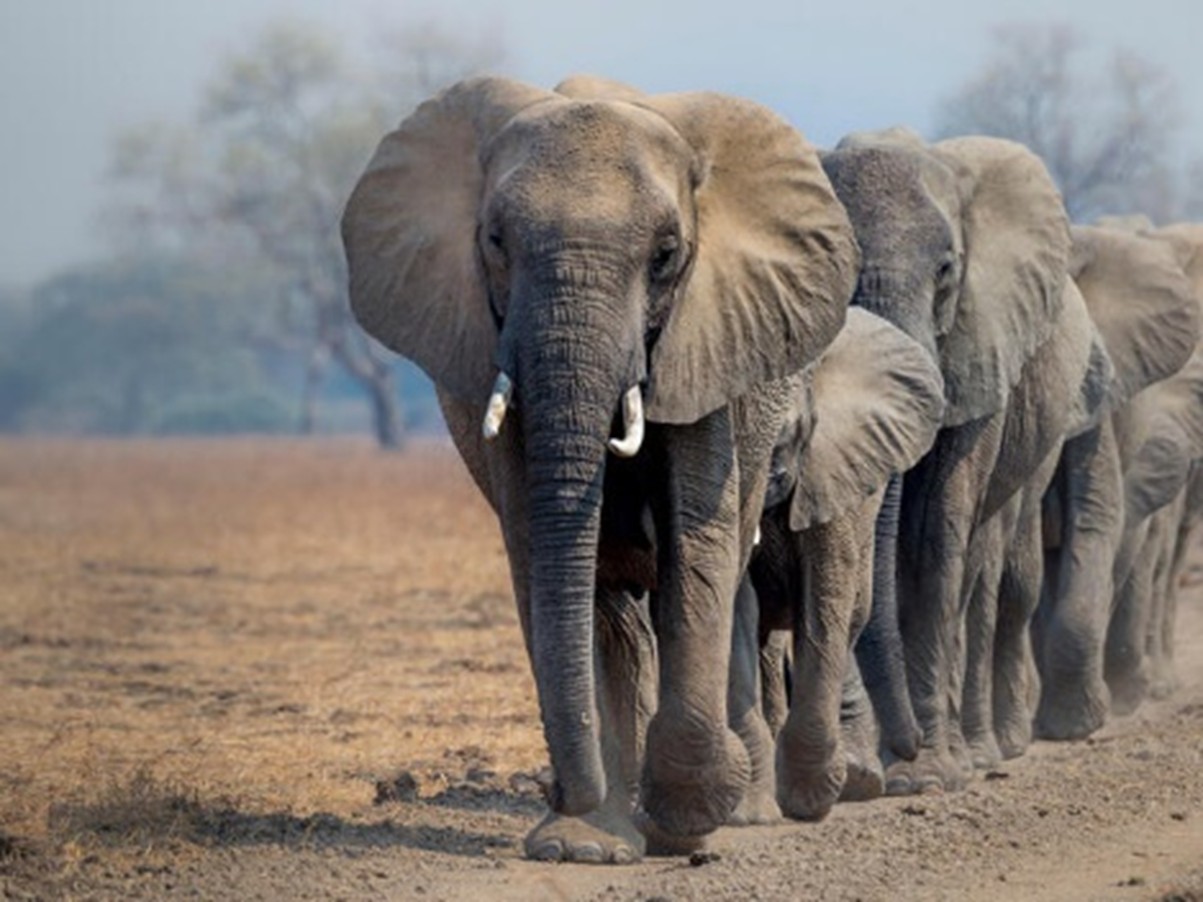
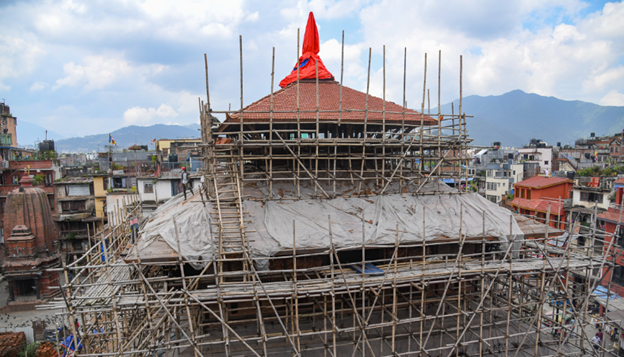
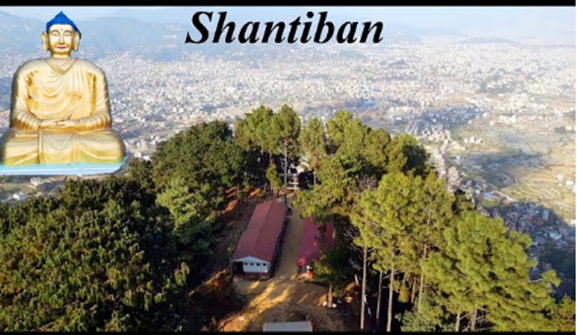
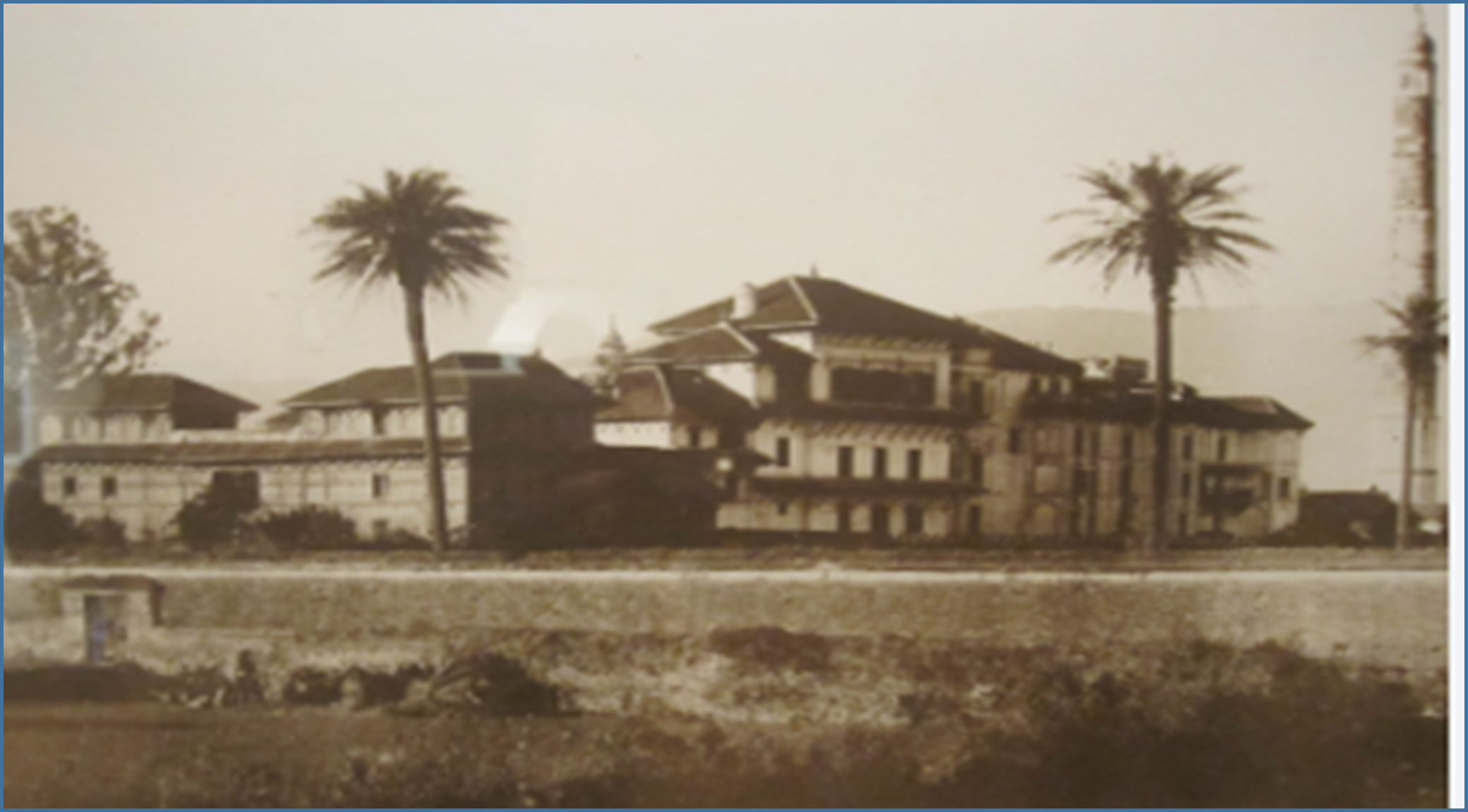
.png)



.png)